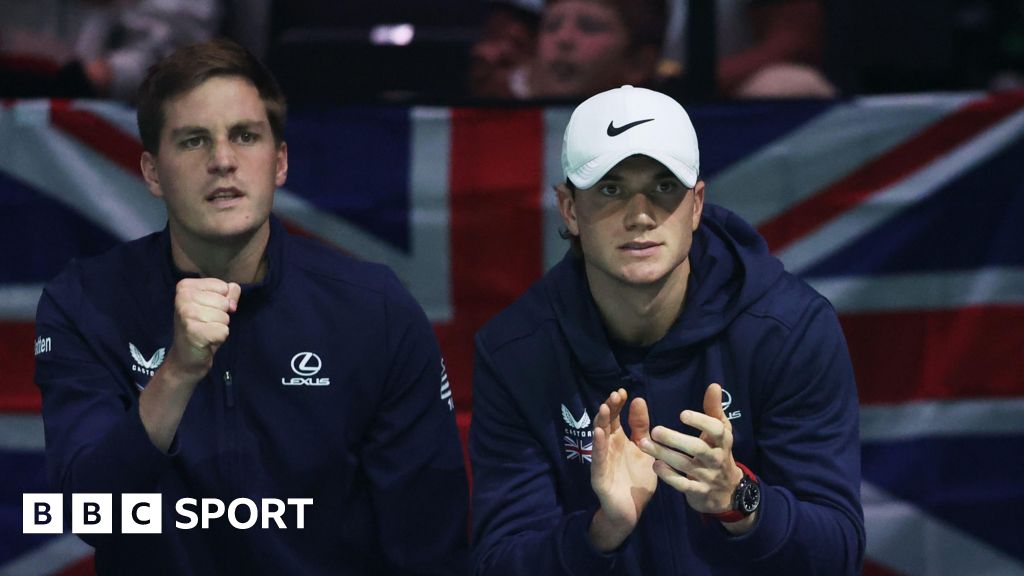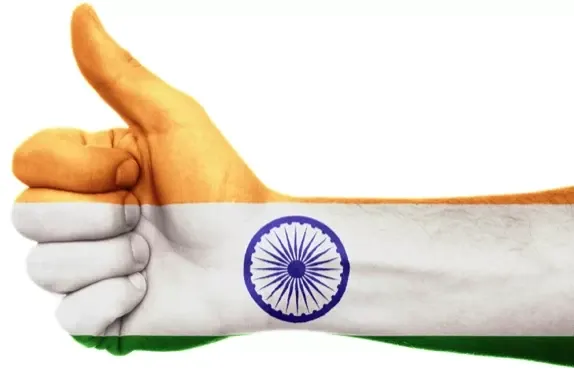Shopping
Second-hand shopping pros share their top tips for nailing the best bargains

Shopping second-hand has become more accessible, more fashionable and even more essential over the past few years. Vintage fashion and thrifting has become a Gen Z staple for a myriad of reasons, from sustainability to cost to quality.
Over a third of shoppers now choose to buy pre-owned items over new each month, according to a recent survey by ShipStation.
Trailblazer of pre-loved fashion and the mind behind Love Island’s eBay wardrobe, Amy Bannerman, says, “My question is more, why don’t people shop second-hand! It’s more affordable, you don’t look the same as everyone else and can carve out a really individual style.” The pre-loved style director has styled the likes of Dua Lipa and Sophie Turner and embodies the mantra that fashion doesn’t need to be new to be exciting.
We hear from the UK’s top thrifting experts their tips on why and how you should shop second-hand this September.
It’s no secret that the quality of high-street clothes has gone down in recent years. The rise of fast fashion has meant garments are commissioned to be made faster, cheaper and in higher quantities.
Roughly translated, this means dresses are no longer lined, jumpers are too short in the sleeve and loose threads are commonplace. These aspects have arisen from the ‘quantity over quality’ mantra repeated in the fashion industry over recent years.
Furthermore, the current fast fashion garments are no longer as affordable as when they first appeared on the shelves: an unlined blouse from Zara will now set you back £49.99.
“Growing up, my mum was my styling inspo,” says founder of Secondhand Styling, Lucy Norris. “She was a single parent with limited funds but always wanted to dress nicely – never one to be steered by the trends, but more one to invest in quality and uncover those items that just needed to be removed in a new way.”
Norris’s mum had the right idea. Today, Gen Z have made clothes thrifting commonplace stemming from a desire to own well-made and durable garments.“What started as a way to save money quickly became a passion for discovering hidden gems with history and character,” says Norris, “knowing I’m making more sustainable fashion choices made it even more rewarding.”Where to start
Second-hand shopping takes more personal insight than buying brand new. Influencer Besma Whayeb, who shares sustainable fashion tips on her blog Curiously Conscious, says, “If you can figure out what you enjoy wearing and what makes you feel confident, you’ll have a better understanding of the items that will be a great addition to your wardrobe, without relying on fast fashion trends and fashion media.”
Whayeb says from there, sifting through second-hand websites becomes a whole lot easier, as you’re able to refine your searches with keywords such as ‘Boho’ ‘corporate’ or TV-inspired looks such as ‘Rachel Green’ or ‘Rory Gilmore’.
Second-hand shopping isn’t just about buying. Becky Chorlton (known as @BeckysBazaar online) has been earning around £3,000 a month by livestream selling her old clothes.
Chorlton preps all her clothes one to two weeks in advance of a livestream, washing, ironing then listing them, “I host live shows usually every two weeks and sell at least 100 items in each show,” Chorlton says. “Each live show lasts between one-two hours. I’ll spend the following morning packaging up all the orders and shipping them.”
The nature of second-hand shopping means every item you come across has been made in a different factory, in a different decade by a different pair of eyes. Therefore when it comes to sizing, the label is often meaningless.
“Know your measurements,” advises Whayeb, “know that sizes change depending on the decade and location. So be open to playing around with the fit of a new clothing item, accessorising, and altering.”
When it comes to high fashion, second-hand is no exemption. This year, London Fashion Week will feature eBay’s first ever pre-loved show curated by Bannerman, featuring archival pieces from Vivienne Westwood to Molly Goddard.
“My first notable second-hand purchase was an incredible Moschino vintage blazer from a charity shop in Tunbridge Wells,” says Bannerman, “it was £20 and I wore it to death throughout my years working at magazines. It always made me feel cooler than I am.” The designer pieces Amy has sourced for the eBay FW catwalk will be available to buy online on 12th September at 6pm: meaning Second-hand September can go off with a bang with some iconic British designers.
Norris says rinsing your local charity shop is never a waste of time. “The inventory changes frequently, so the more often you go, the better your chances of finding something special.”
Charlotte Morley, Dragons Den winner and founder of pre-loved platform, thelittleloop, says, “Set alerts for them on large platforms like Vinted, or find second-hand sources like which only sell those brands and brands like them.” This saves you the much-loathed thrifting task of trawling through piles of things you’re not interested in.
Whayeb always avoids synthetic fibres. “You can tell if an item is low quality by looking at how it’s made, how it was sewn, and by checking the care label,” she says, “even when I’m shopping second-hand, I want the garment to last at least 30 wears and washes.”
Bannerman’s chief rule to hacking the best vintage finds is to shop out of season. “Every time winter comes back around, people look for that same coat that is trending. Not only will it mean your chances of winning that item are lower, but it will also mean the price will be inflated.
“My advice is, beat the crowds by shopping out of season, so searching for that coat you’ve always wanted when it’s hot outside or look for that floaty summer dress on a cold winter’s day.”
There’s more to bidding than giving your highest figure. “I recommend bidding a more unexpected and uneven figure than others might and bidding just before the auction ends,” says Bannerman. “For example, if you put £52.86 and someone else has bid £50 (most people do even numbers), you are more likely to win. “
The best videos delivered daily
Watch the stories that matter, right from your inbox





![Slotbox Casino review 🚀 €1,000 bonus + 100 free spins [2024] Slotbox Casino review 🚀 €1,000 bonus + 100 free spins [2024]](https://talksport.com/wp-content/uploads/sites/5/2024/09/talksport-slotbox-non-op.jpg?strip=all&quality=100&w=1500&h=1000&crop=1)




